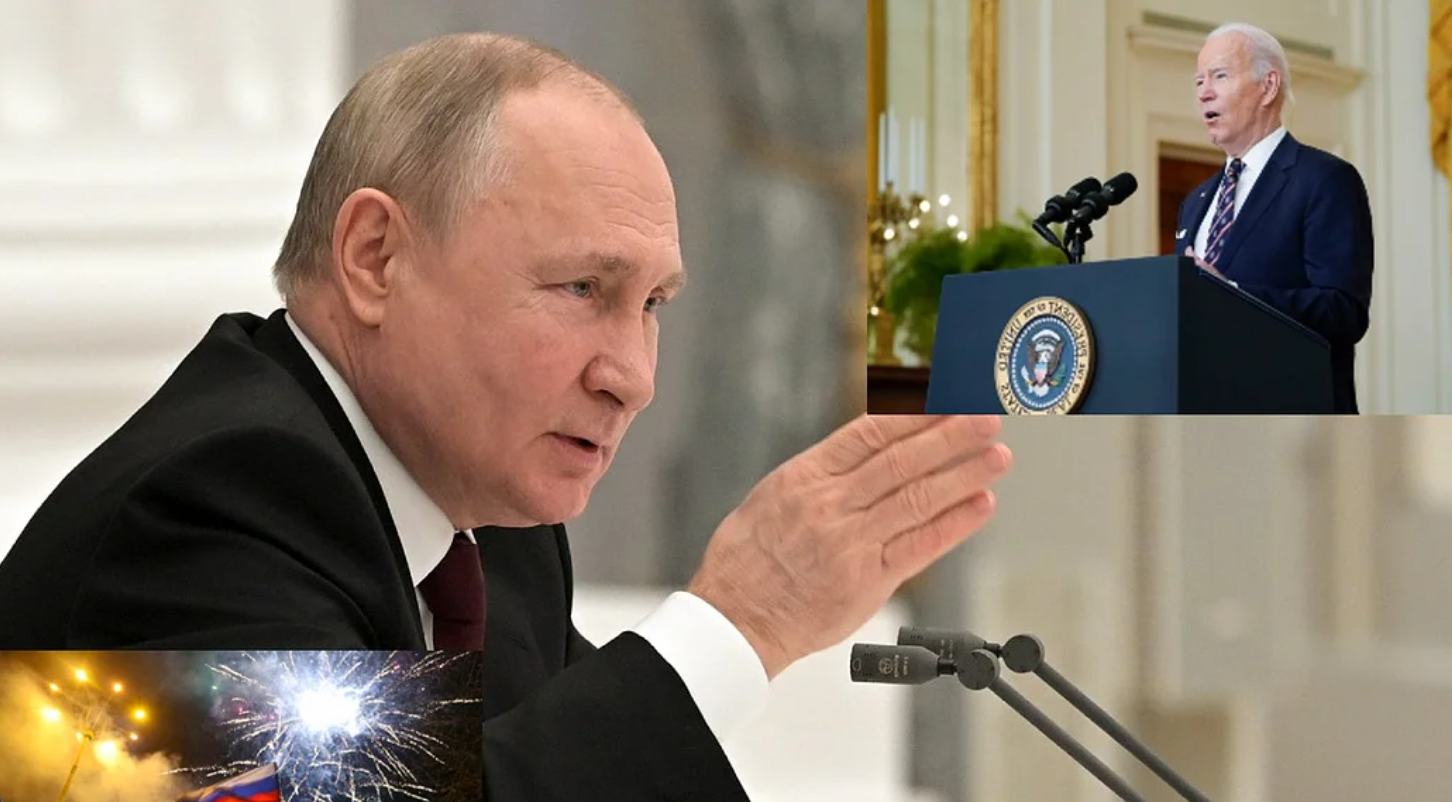While Russia’s Vladimir Putin has denied that he planned to attack Ukraine for months, he announced on Thursday that he would be conducting a “special military operations” in the Donbas region. Following the announcement, live television reported explosions in Kyiv and other parts of Ukraine.
Putin’s latest actions are days after he brokered a peace agreement and sent troops into two rebel-held Eastern regions to “maintain peace”.
Russia has been stationing at least 200,000 troops close to Ukraine’s borders over the past months. There are concerns that this latest move could be the start of a new invasion. The next step could threaten Europe’s entire security system.
Where are Russian troops being sent and why?
In 2014, Russia invaded Ukraine. The rebels supported by Putin took large swathes in the east. Since then they have been fighting Ukraine’s army. The international Minsk agreement was reached, but the conflict is still ongoing. Russia’s leader has stated that he will be sending troops to two rebel-held regions. The UN Secretary General has rejected Russia’s use the term peacekeepers.
According to the West, Moscow may be planning an imminent new invasion of Ukraine. Ukraine is home to 44 million people and borders both Russia as well as the European Union. For a start, there are reports of tanks arriving in separatist-controlled Donetsk and the latest satellite photos show Russian troops deployed within a short distance of Ukraine’s borders.
How big is Russia’s military build-up?
Putin warned Ukraine that it would cause more bloodshed if the country did not end hostilities in its east. There have been several bogus incidents, and any one could be used to justify a Russian attack.
What is Putin’s problem in Ukraine?
Russia has been resisting Ukraine’s attempts to join the EU and NATO institutions for a long time. Putin now claims that Ukraine is a puppet state of the West.
He wants assurances from the West that Ukraine will not join NATO, a defensive alliance consisting of 30 countries.
Ukraine, a former Soviet republic, has strong social and cultural ties to Russia. Russian is widely spoken in the country, but these relations have been strained since 2014, when Russia invaded.
Russia invaded Ukraine in 2014, shortly after its pro-Russian president was ousted. Since then, more than 14,000 people have been killed in the war in eastern Europe.
Why is recognition of rebel areas dangerous?

These so-called People’s Republics of Donetsk or Luhansk were run until now by Russian proxies.
Russian troops can now be built military bases and are recognized as independent by Putin’s decree.
The risk of open warfare increases by deploying Russian troops to an area that is witness to hundreds of ceasefire violations per day. Under the Minsk peace agreements, these two rebel areas would have been granted special status in Ukraine. But Mr Putin’s move prevents that.
The situation is made worse by the fact that the rebel statelets claim not only the limited territory they control, but also all of Ukraine’s Donetsk or Luhansk areas. The Russian leader said, “We recognized them, didn’t we? This means that we recognised all their founding documents.”
Russia has prepared the ground for war with false accusations of Ukraine’s “genocide” in eastern Ukraine. It has given out over 700,000 passports to rebel-run areas. Therefore, any action could be justified in protecting its citizens.
How far will Russia go?
Putin could stop at dismantling the peace agreements in the east. In the past, he has only mentioned “military technical” measures if he doesn’t get what he wants. Moscow had previously stated that “there is no Russian invasion.”
The chances of a diplomatic resolution are slim and the West is concerned that he may go further. US President Joe Biden warned that they would target Ukraine’s capital Kyiv (a city with 2.8 million innocent citizens).
The Russians could theoretically aim to sweep across Ukraine’s east, north, and south to overthrow its democratically elected government.
They could mobilize troops in Crimea and Belarus, as well as around Ukraine’s eastern border.

